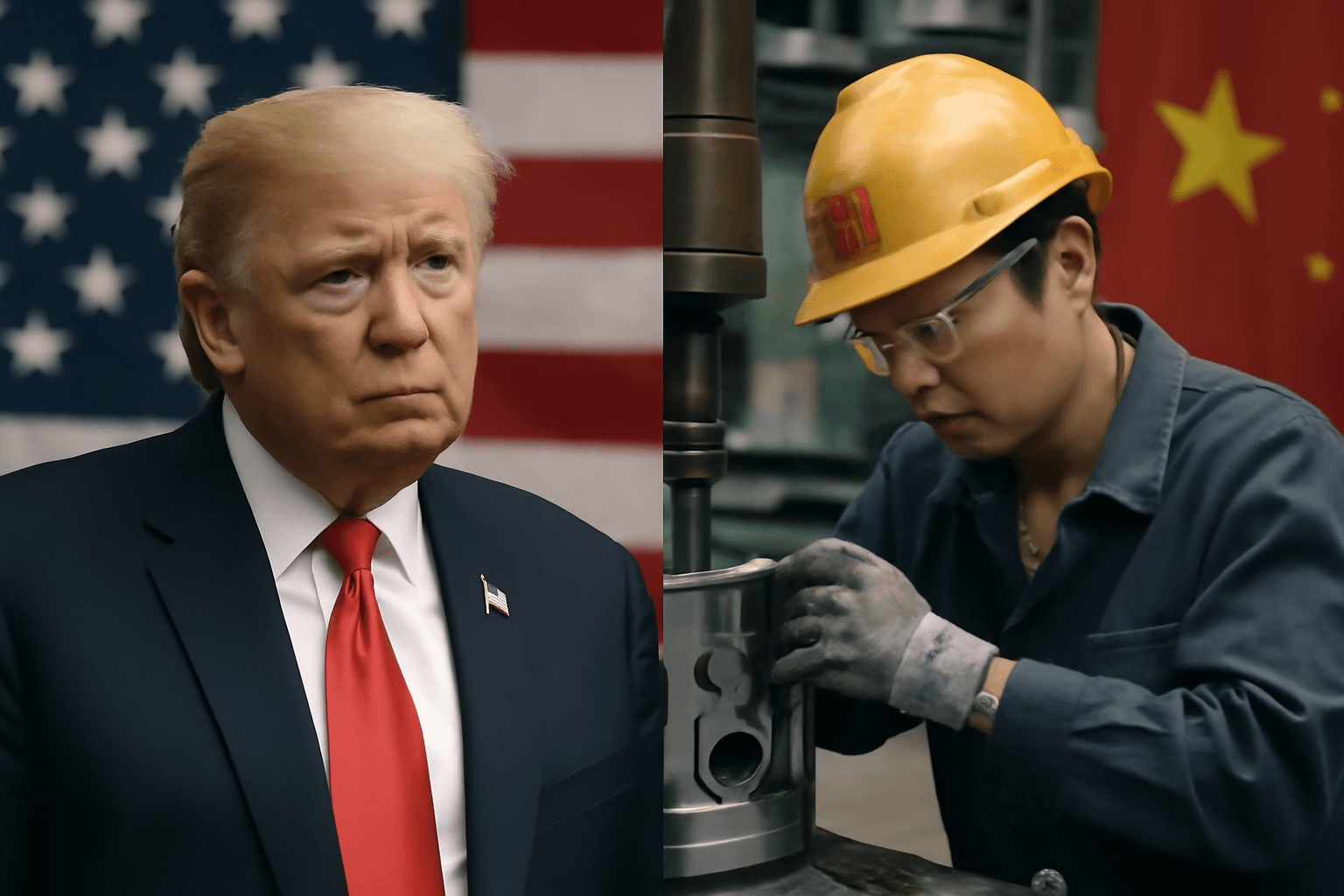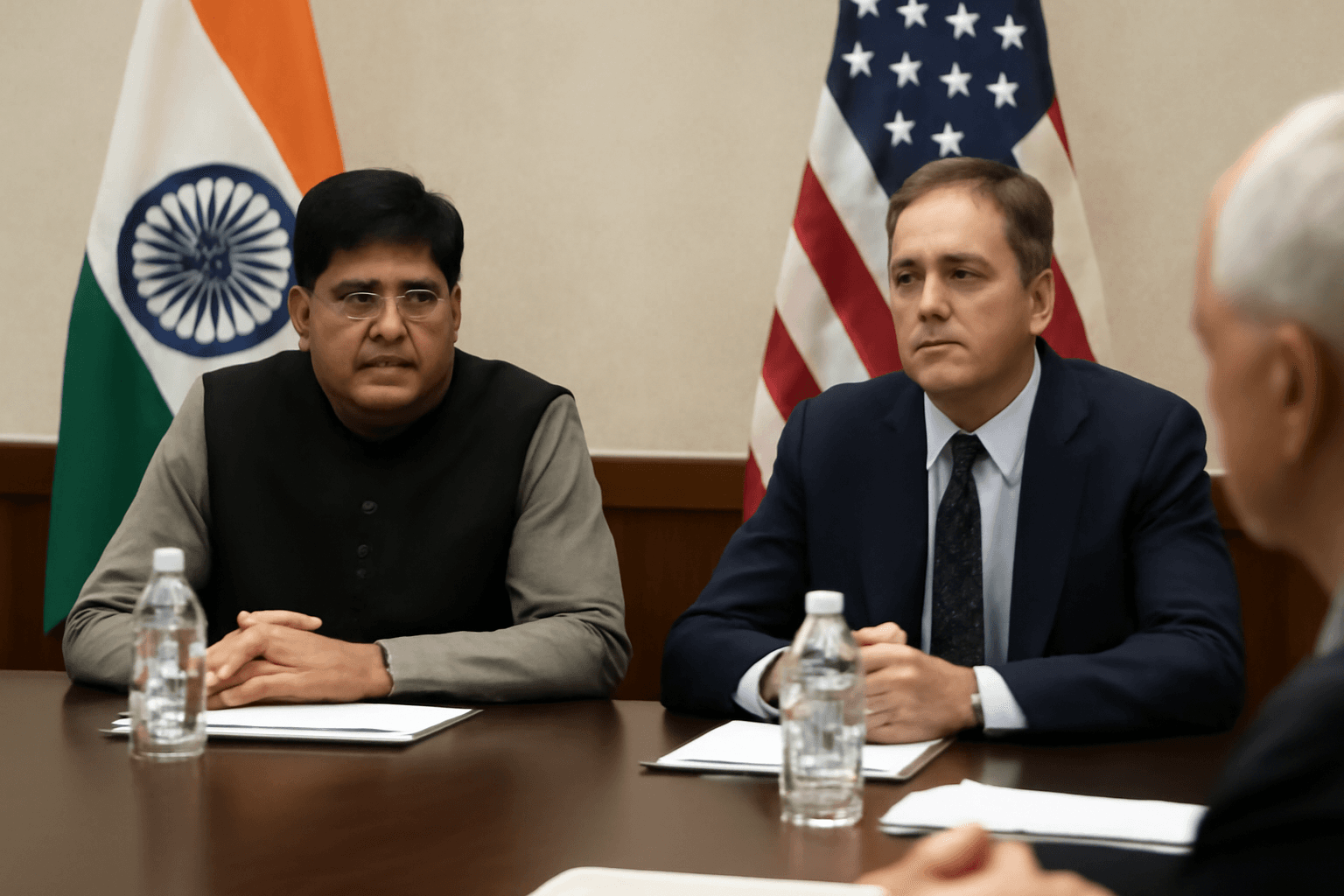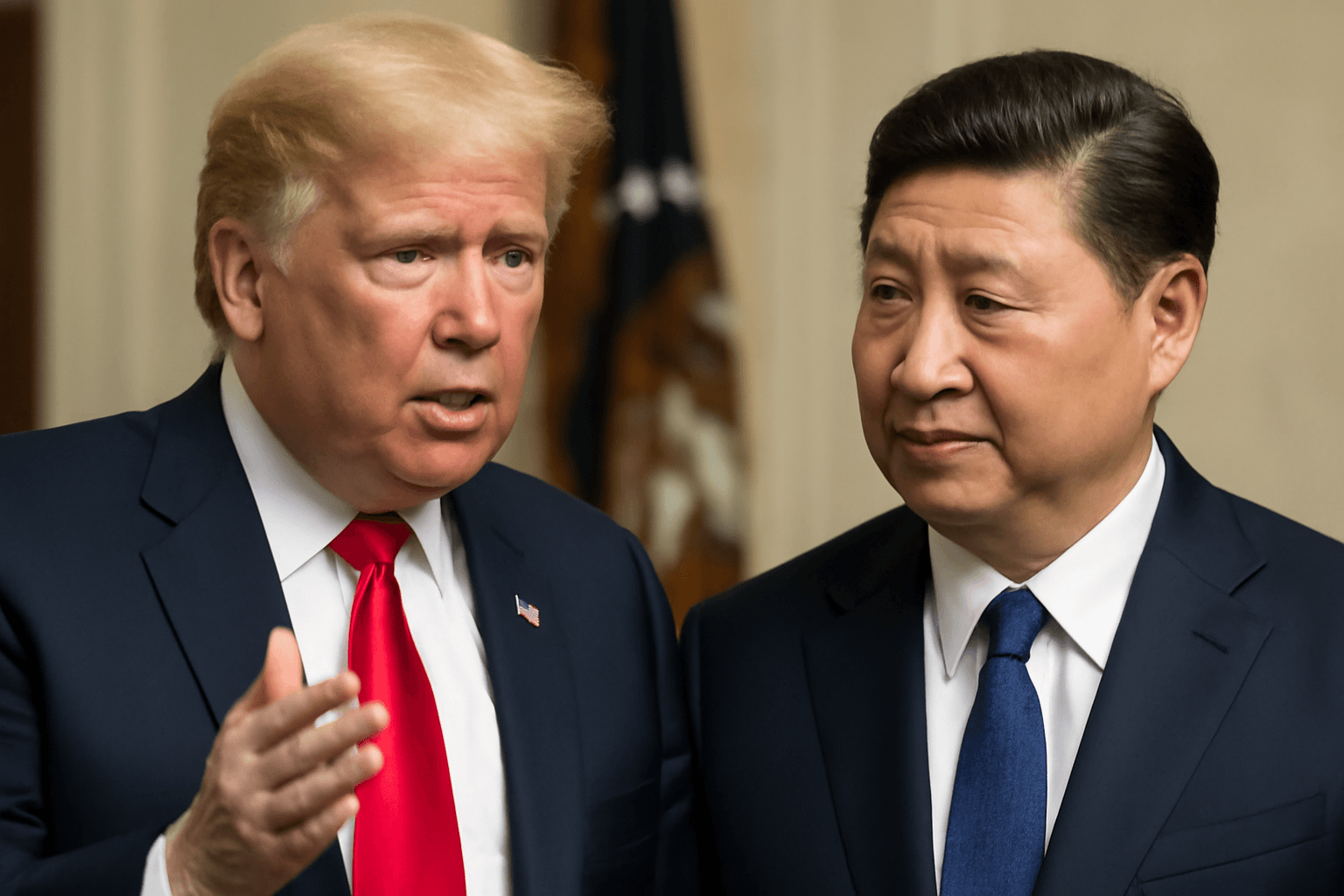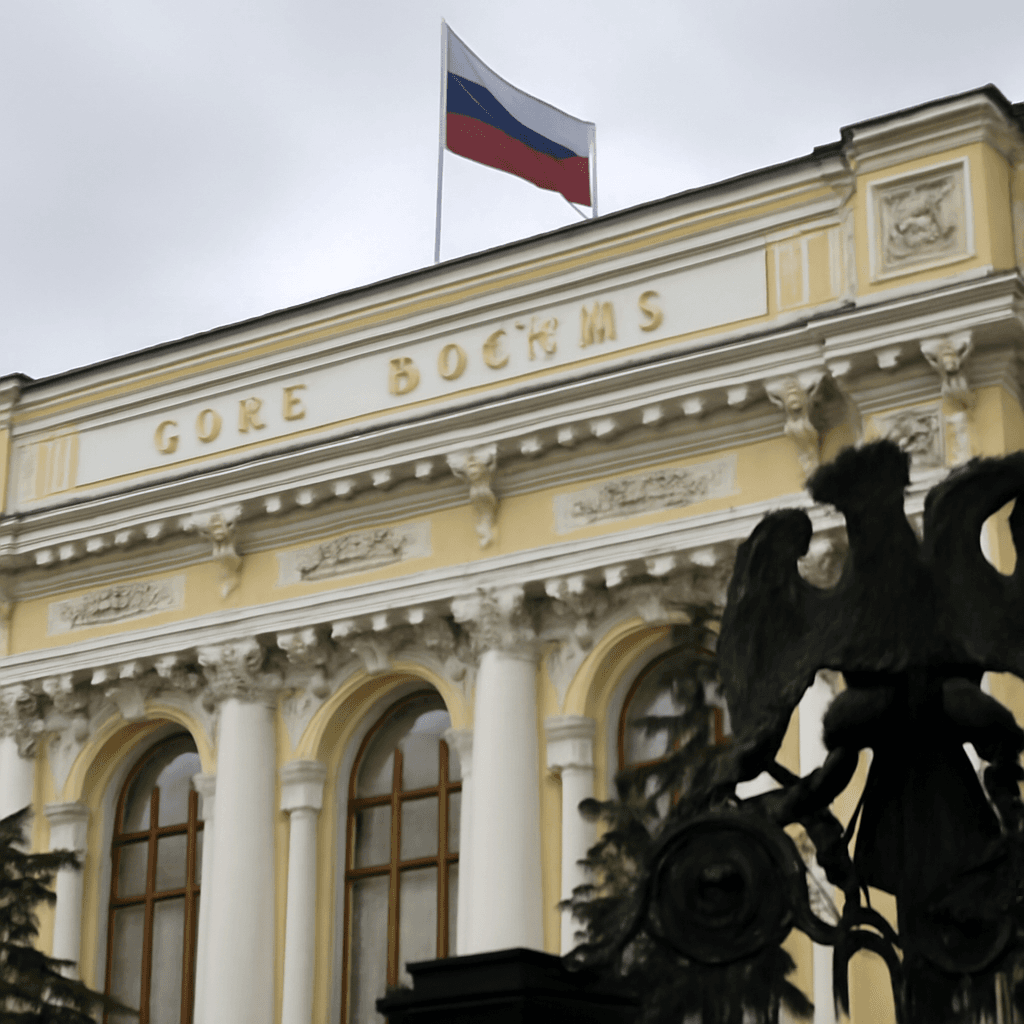China Faces Fourth Consecutive Month of Declining Consumer Prices
China's consumer prices slipped for the fourth month running in May, deepening concerns about deflation as domestic demand remains sluggish. The Consumer Price Index (CPI) fell 0.1% year-over-year, slightly less than the anticipated 0.2% decline projected by analysts. This follows earlier drops of 0.7% in February and consistent dips of 0.1% in March and April.
Core Inflation Shows Signs of Life
Interestingly, core inflation, which strips out volatile food and energy prices, rose 0.6% in May, marking its highest increase since January. This suggests some underlying price pressures despite the overall decline in consumer prices.
Producer Prices and Auto Sector Price Wars Exert Additional Pressure
On the production side, factory-gate prices experienced sharper deflation than expected, with wholesale prices dropping more significantly in May than analyst forecasts of a 3.2% downturn. Producer prices have been in deflationary territory since October 2022.
A key factor dragging prices down is fierce competition in the automotive industry. Intense price wars within the sector have eroded profitability and efficiency, prompting policymakers to urge the industry to stabilize prices. Meanwhile, falling property prices have further contributed to the downward momentum in consumer costs.
Calls to Boost Domestic Consumption
Despite steady export performance, experts emphasize the urgent need for China to rekindle its domestic consumption to combat deflation. Weak consumer demand coupled with competitive pricing pressures have created a challenging environment for inflation recovery.
Monetary Measures and Trade Developments
In early May, China’s financial regulators introduced a suite of easing measures to support the economy impacted by tariffs and demand slowdown. The central bank cut benchmark rates to record lows and reduced the reserve requirement ratio (RRR) by 50 basis points, increasing liquidity within the banking system.
This move followed a brief easing of trade tensions after a preliminary tariff deal between the US and China in Geneva. The US scaled back tariffs on Chinese goods from an average of 145% to approximately 51.1%, while Beijing reduced duties on American imports to around 32.6%. However, recent disputes over export controls and visa restrictions have stirred fresh tensions ahead of scheduled high-level trade talks in London.
Strategic Moves in Rare Earths and Critical Minerals
China’s Ministry of Commerce announced restrictions on rare earth export applications to meet rising domestic demand driven by robotics and new energy vehicle industries. This signals a strategic approach amid ongoing geopolitical frictions, particularly as Washington accuses Beijing of delaying promises related to mineral exports.
Market Watch: Anticipation Around Further Monetary Easing and Trade Data
Market analysts anticipate further monetary easing, with expectations that the People’s Bank of China (PBOC) might lower the RRR once again later this year. The central bank has also considered resuming government bond trading to stabilize bond yields and support the weakening currency.
All eyes are now on the upcoming Lujiazui forum in Shanghai, where senior financial officials, including PBOC governor Pan Gongsheng, are slated to unveil major policy directions.
In addition, China is set to release May trade figures soon. Forecasts suggest exports may have increased by 5% year-over-year, while imports could have declined by around 0.9%.
Conclusion
China’s ongoing deflationary pressures reflect a complex mix of subdued consumption, sectoral price battles, and external trade dynamics. While monetary and regulatory interventions seek to invigorate growth, the path forward hinges on boosting domestic demand and navigating a delicate trade landscape.















